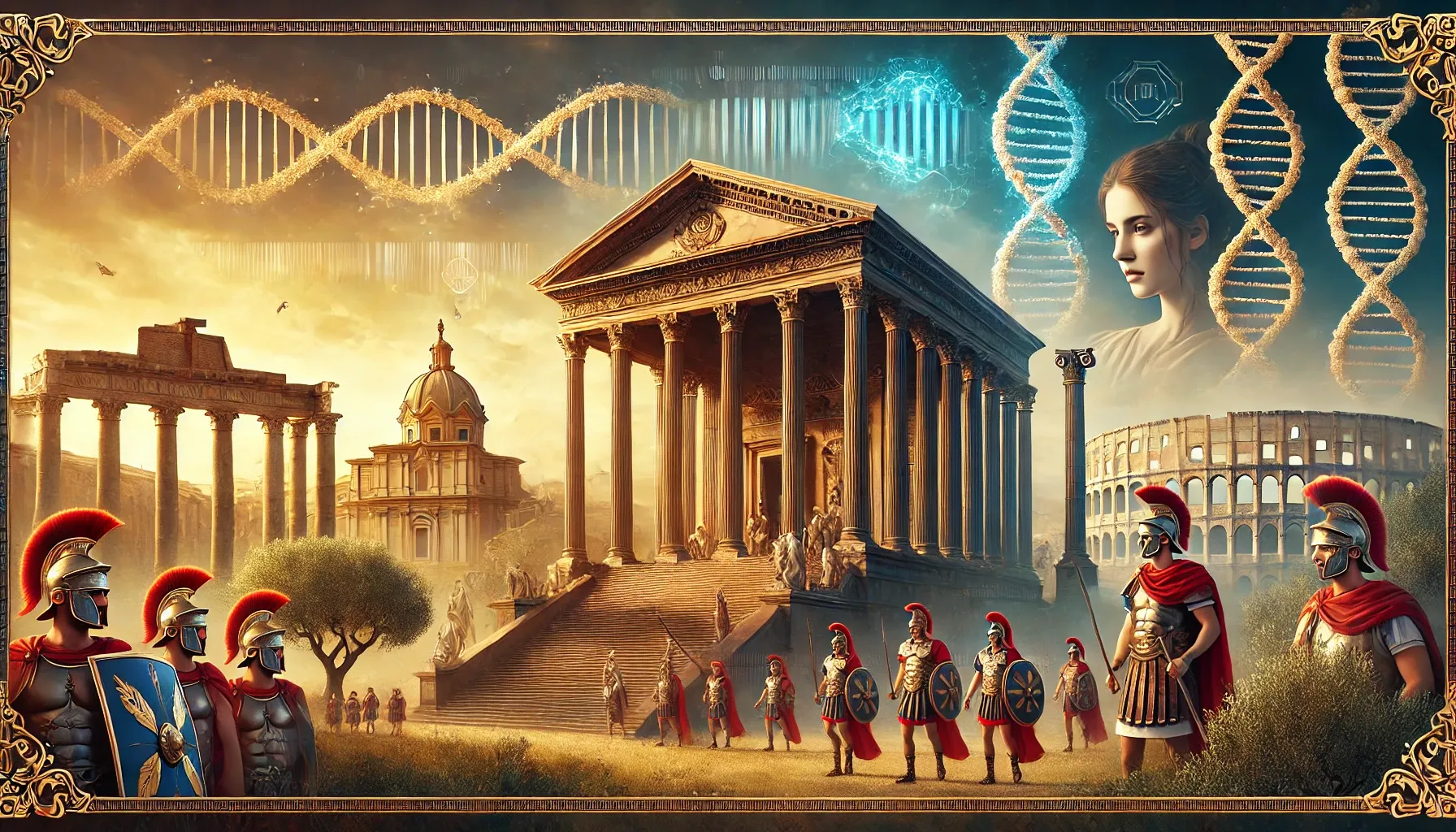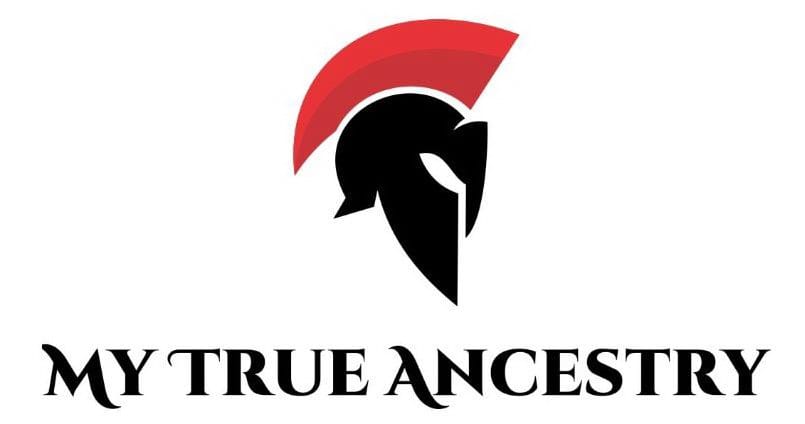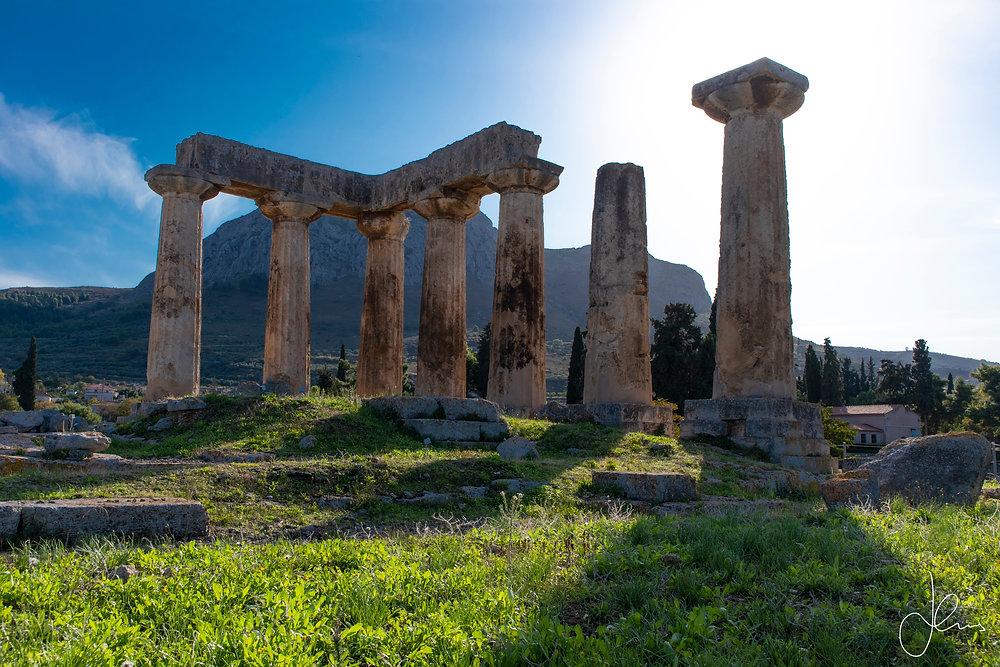Ancient Corinth: The Genetic Connections Between a Greek Colony and Its Metropolis





Ancient Greek Colonization: A Journey Through Time and Genetics
The fascinating world of ancient Greek colonization, an era that marked a significant chapter in history, reveals a tapestry of migratory expeditions and cultural interplay. This period, beginning in the 8th century BCE, found Greek city-states, known as poleis, venturing far beyond their traditional territories, paving the way for political, philosophical, and artistic achievements that have influenced Western civilization profoundly. During this epoch, Greek poleis set sail to establish new settlements, known as apoikia, emphasizing both connections and separations among native lands and colonies.
Corinth, with its central position in the ancient Mediterranean world, emerged as a formidable power through its expansive colonization efforts. Archaeological excavations and historical texts reveal an intricate web of colonies - from the bustling trade hub of Syracuse in Sicily to the strategic port of Amvrakia in northwestern Greece. The myriad of artifacts, including Corinthian pottery and coins, showcase the deep cultural and economic exchanges that occurred between these colonies and their metropolis. While settlements stretched across the Mediterranean and into the Black Sea, each colony had a distinct history and identity, often influenced by mythical foundations and directed by the Delphic oracle.
Founded in the latter half of the 7th century BCE by Corinth, Amvrakia was not just another colony; it was a vital link in a chain of trading posts that reinforced Corinth's dominance in the northern Aegean and the Adriatic. This city served as a dynamic crossroad, influencing and being influenced by the multifaceted cultures it interacted with. Life in these colonies offered unique blends of Grecian and local traditions, as reflected in burial customs and local diets, which were explored through archaeological dig sites. The elaborate burial practices unearthed in its cemeteries provide a lens into the city's societal structure and the profound Corinthian impact evident in the metropolitan-like urban planning.
The cemeteries of Amvrakia, rich with diverse grave goods and intricate burial customs, stand as silent narrators of the city's storied past. The southwestern cemetery, in particular, boasts a monumental road indicative of a city aware of its strategic economic role. The practice of inhumation, predominant in Amvrakia, aligns with Corinthian traditions, yet with unique local adaptations. The archaeological work came to life with fascinating finds like grave enclosures along sacred roads, where the dead were honored with intricate artistry, including grave goods like bronze implements and exquisitely painted pottery. The necropolis teems with a variety of burial types – from intricate stone sarcophagi to simple pit graves – all narrating tales of eras past.
The study of ancient DNA from archaeological sites offers an exciting lens through which we can explore the lives of individuals who lived in the past. DNA analysis has unearthed breathtaking stories of interconnectedness, illuminating genetic ties not just to the Greek mainland but also to broader regions, attesting to a complex web of ancestry. The process of unlocking the genetic secrets of the past begins in the laboratory, where sampled teeth and temporal bones from individuals buried at Amvrakia were meticulously processed to extract DNA, which was then rigorously analyzed using specialized techniques to control for contamination and ensure the authenticity of the ancient genetic material.
Amvrakia's cemeteries have revealed much about social structures and familial connections. One notable discovery was the identification of two sisters sharing the same genetic markers, who were buried closely together in the cemetery's rich landscape of graves. Such findings provide a personal touch to the broader history of the site, highlighting the human element that was part of this ancient world. Through the use of ancient DNA analysis, researchers have unearthed compelling stories of familial ties among those interred, revealing a fascinating genetic link between individuals across neighboring gravesites that indicates complex familial and social networks spreading across time and geography.
Analyses of mitochondrial and Y-chromosomal DNA have provided insights into the movements and ancestry of the populations that inhabited Amvrakia. Found haplogroups suggest a mixture of local and wider Mediterranean ancestries, hinting at complex migration patterns and cultural exchanges that defined the region during various historical periods. The interplay of Corinthian DNA with local genetic markers suggests a narrative of migrations, interactions, and sometimes assimilation with the indigenous populations, serving as a reminder of the ever-evolving and interconnected world of the ancient Greeks.
By studying the uniquely telltale strontium isotope ratios embedded in the enamel of ancient teeth found in burials, archaeologists are piecing together the early lives and possible migrations of people who lived in this fascinating city. The geological formations of Epirus, the region hosting Amvrakia, generate distinct strontium signatures that serve as geographical fingerprints. Among the analyzed tooth samples, most signatures aligned with the local geology of Amvrakia, suggesting that those individuals spent their childhoods in the region. However, four individuals showed strontium signatures that intriguingly aligned with Corinth, potentially marking them as migrants from Amvrakia's mother city, reaffirming the archaeological theories around ancient colonial ties and migrations.
Intriguingly, ancient DNA analyses allow for predictions about the physical appearances of the inhabitants. Through various genetic markers, researchers have inferred that most of the ancient Amvrakians likely had brown eyes and brown hair, with some showing a likelihood of darker skin tones, painting a vivid picture of the community's diversity. The convergence of ancient DNA technology with traditional archaeological methods has sparked thrilling revelations, with each discovery becoming a narrative inked in time, offering researchers and enthusiasts alike a living picture of life, lineage, and legacy in the ancient world.
Comments